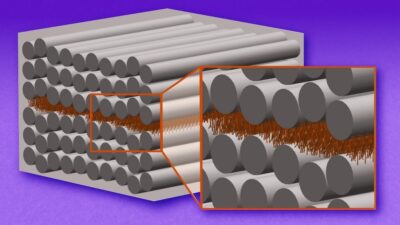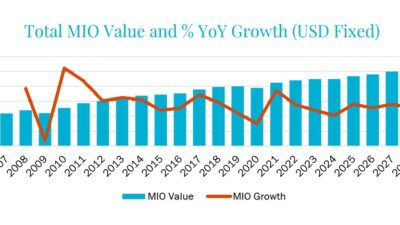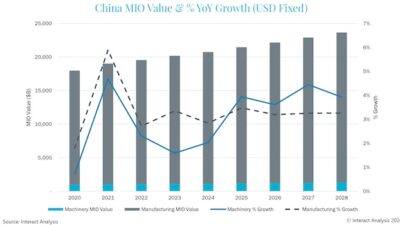Machine vision software capabilities have expanded, and companies looking to expand their capabilities need to consider integration, ease of use, and costs when making a decision for their company.
Machine vision capabilities have advanced dramatically in recent years, increasing the breadth of applications it is deployed in and becoming easier to operate. However, despite their increasing functionality and ease of use, they are still a highly complex system to develop and integrate.
Many manufacturers fixate on the machine vision hardware when building a vision system, but the truth is the software is what drives the image acquisition, processing and analysis functions, and is equally important to the performance of the overall machine vision system.
It’s important to choose the right machine vision software for your system. While every application will have different needs, there are a few considerations everyone should know.
Machine vision software and application requirements
It’s important to first consider what demands the application will place on a machine vision system and what kind of software that will require.If the company is creating a machine vision system for a high-speed application that requires excellent image quality, chances are that you’re going to be generating a lot of image data. This means the company will need machine vision software with good processing power and memory capabilities.
If the application isn’t quite as advanced, an embedded vision system may be the best route, as integration, implementation and ongoing management are all relatively simple.
Machine vision software considerations
While it’s important to consider what the application will demand from machine vision software, it’s just as important to look at some key features of the machine vision software.
Integration and compatibility
In today’s manufacturing environment, nothing’s totally isolated, and this is especially true of machine vision systems. Whether the machine vision software needs to save images and data, communicate with a remote interface or control actuators to sort products, its ability to integrate with other components is critical.
Ease of use and cost to operate
In many instances, a programming language isn’t needed to create a complete machine vision system. However, other applications will need more advanced programming for full functionality. This creates additional time and costs to operate and maintain the system beyond the initial price of the software.
Company support and stability
It’s important to consider at the company selling the machine vision software. Even if your machine vision software is easy to use, it’s only a matter of time until assistance is needed. A company with knowledgeable and responsive technical support can help avoid costly downtime. Additionally, users will want to make sure the company is an established vendor. Machine vision components are a big investment, and you wouldn’t want your software company to go bankrupt while you still depend on their system.
Choosing the right machine vision software is just as important as choosing the right hardware. Each plays a vital role in overall system performance, but it’s often hardware that gets more attention during the development phase.There are a few different things every manufacturer should look for before buying machine vision software. With recent advancements in machine vision, choosing the right software can make the difference between a wasted investment and a highly effective driver of productivity.
This article originally appeared on the AIA website. The AIA is a part of the Association for Advancing Automation (A3). A3 is a CFE Media content partner. Edited by Chris Vavra, production editor, Control Engineering, [email protected].
ONLINE extra
See more from AIA below.
Click here to download the Machine Vision Digital Report.



